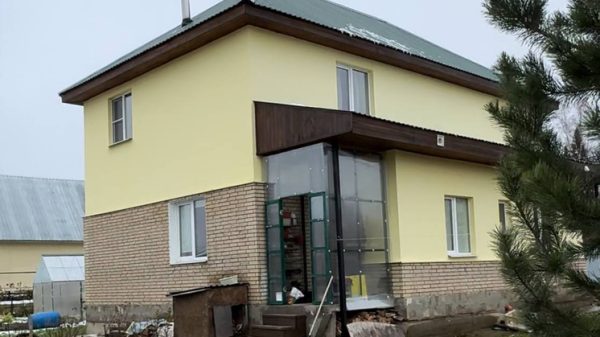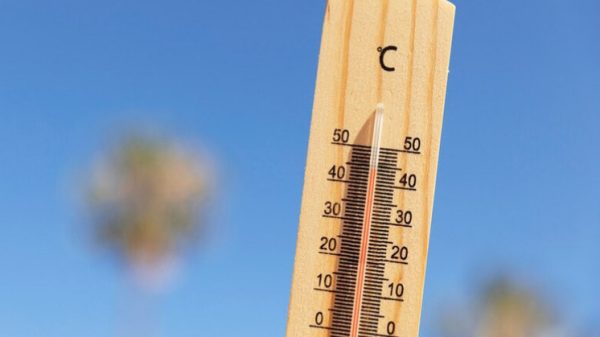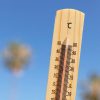A spring weather bomb has battered New Zealand, closing roads, dumping snow on beaches and causing dozens of flight cancellations.
The country’s Met service described the storm as “the worst of the season” and said it was the result of a low-pressure system moving up the country from Antarctica. The system was “very unusual in how widespread the severe weather is” and was a significant weather event, a release from the service said.
The National Institute for Water and Atmospheric Research said parts of the South Island could feel as cold as -20C on Monday and Tuesday.
NIWA Weather
(@NiwaWeather)
🥶 Aotearoa or Antarctica? 🐧
🌬️Chilly air➕ strong winds = sub zero «feel like» temps for some over the next couple of days. How does -10 in Invercargill on Tuesday sound? pic.twitter.com/WAsNHYT13c
September 27, 2020
Snow has fallen on the tourist hub of Queenstown where most flights in and out of the resort were cancelled on Monday. Flurries also fell at sea level in Wanaka, Dunedin and Te Anau.
Queenstown Airport
(@NZQN)
✈️❄️ #SNOW update 11:30am: the snow has eased for now and our paths, roads and car parks have been cleared thanks to our Airport Operations Team. Here’s a photo of our runway this morning 👇🏽 pic.twitter.com/X3ByCo0cuj
September 27, 2020
On Stewart Island, at the bottom of the country, snow was falling on Oban beach, the Met service reported. In Southland and Fiordland the severe weather coincided with lambing season.
Snow was also forecast for beaches in Southland, Otago and Fiordland for two days but should clear by Wednesday.
MetService
(@MetService)
That’s snow on the Beach! All the way down south on Rakiura/Stewart Island. What snow pics and vides can you post? Don’t forget to mention the location! pic.twitter.com/8OSACGPQEl
September 27, 2020
Multiple weather warnings and watches were issued for the bottom half of the South Island, as well as the capital city of Wellington where gale force northwesterly winds gusting up to 120km/ph were predicted. Gale force winds could extend as far as Napier, on the east coast of the North Island.
The storm was unusually severe for spring, the Met service said, particularly as the winter of 2020 was the warmest on record in New Zealand.
Niwa forecaster Ben Noll said that seven of the 10 warmest winters on record in New Zealand had occurred since 2000: “It just showcases the trajectory that we are on.”
🎨Julz🏵
(@art_greig)
Snowing hard near Patearoa, Maniototo pic.twitter.com/mArIVSXanw
September 27, 2020





























































Свежие комментарии